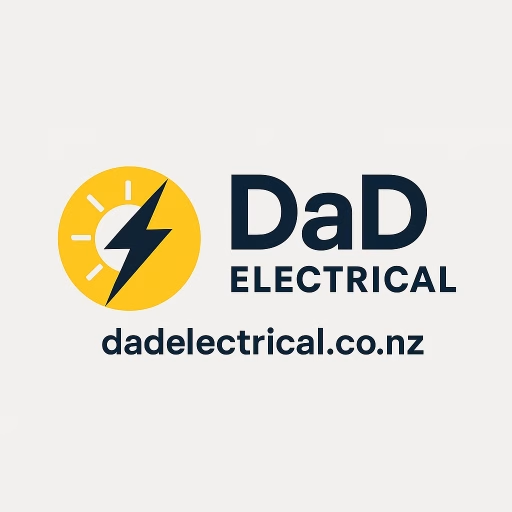Ensuring safety in hazardous areas is critical for industries working with explosive atmospheres. The AS/NZS 60079 standard provides the latest guidelines for equipment and installations in such environments, aligning with international best practices while incorporating local regulatory requirements.
What is AS/NZS 60079?
AS/NZS 60079 is the Australian and New Zealand adaptation of the international IEC 60079 series. It covers the classification, design, selection, installation, inspection, maintenance, and repair of electrical equipment in hazardous areas where explosive gases, vapors, or dust may be present.
This standard ensures that electrical systems in hazardous locations are designed to prevent ignition risks, enhancing worker safety and compliance with legal requirements.
Key Updates in AS/NZS 60079
The latest 2022 revision introduces several critical updates to enhance safety and clarity, including:
- Stricter Requirements for Equipment Marking – Improved labeling ensures clear identification of hazardous area suitability.
- Updated Inspection and Maintenance Guidelines – Aligns with international IEC 60079-17 standards for periodic inspections.
- Refinements in Explosion Protection Techniques – Better-defined rules for increased safety (Ex i), flameproof (Ex d), and intrinsic safety (Ex e) protection methods.
- New Competency Requirements – Reinforces training and certification standards for personnel working in hazardous environments.
- Enhanced Guidance on Hazardous Area Classification – Aligns with AS/NZS 4761 to ensure proper assessment and documentation.
Breakdown of AS/NZS 60079 Parts
The AS/NZS 60079 series consists of multiple sections, each addressing a specific aspect of hazardous area safety. Below is an overview of the key parts:
Part 0 – General Requirements
- Establishes fundamental principles applicable across all protection methods.
- Defines terms, general safety concepts, and basic compliance requirements.
Part 1 – Equipment Protection by Flameproof Enclosures (Ex d)
- Covers equipment designed to contain internal explosions without igniting external atmospheres.
- Ensures robust enclosures to withstand pressure from internal explosions.
Part 2 – Equipment Protection by Pressurization (Ex p)
- Describes the use of pressurized enclosures to prevent hazardous gas ingress.
- Requires controlled purge systems to maintain safety.
Part 5 – Equipment Protection by Oil Immersion (Ex o)
- Specifies how electrical components submerged in oil prevent explosion risks.
- Oil acts as a barrier, preventing ignition sources from contacting flammable gases.
Part 6 – Equipment Protection by Encapsulation (Ex m)
- Focuses on fully enclosing components in protective resin or polymer.
- Prevents sparks or heat from reaching the external hazardous environment.
Part 7 – Equipment Protection by Increased Safety (Ex e)
- Defines additional safety measures for electrical components to minimize ignition risks.
- Includes requirements for secure enclosures, spacing, and insulation.
Part 10 – Classification of Hazardous Areas
- Provides methods for identifying hazardous zones based on gas/dust presence.
- Establishes zoning concepts (Zone 0, 1, 2 for gases and Zone 20, 21, 22 for dusts).
Part 11 – Equipment Protection by Intrinsic Safety (Ex i)
- Focuses on limiting electrical energy to prevent ignition.
- Ensures circuits remain safe even under fault conditions.
Part 14 – Electrical Installations in Hazardous Areas
- Covers installation practices, including wiring, grounding, and equipment placement.
- Aligns with AS/NZS 3000 Wiring Rules for additional compliance.
Part 17 – Inspection and Maintenance of Electrical Equipment
- Defines procedures for periodic inspections and maintenance checks.
- Ensures ongoing compliance and safety of hazardous area equipment.
Part 19 – Repair, Overhaul, and Reclamation of Ex Equipment
- Specifies best practices for servicing equipment while maintaining explosion protection integrity.
- Ensures repairs do not compromise hazardous area certification.
Why Compliance with AS/NZS 60079 Matters
1. Ensuring Workplace Safety
Non-compliance can lead to hazardous incidents, including explosions, fires, and equipment failures. Adhering to AS/NZS 60079 minimizes these risks.
2. Regulatory Compliance and Legal Obligations
Companies operating in hazardous environments must meet Australian and New Zealand safety laws. Failure to comply can result in penalties, shutdowns, or legal liabilities.
3. Improved Equipment Reliability and Performance
Proper selection, installation, and maintenance of electrical equipment lead to enhanced durability and efficiency in explosive atmospheres.
How to Ensure Compliance with AS/NZS 60079
To meet the latest standards, businesses should:
- Conduct Regular Hazardous Area Inspections following AS/NZS 60079-17.
- Ensure Proper Equipment Selection based on explosion protection requirements.
- Train and Certify Personnel in line with AS/NZS 4761 competency guidelines.
- Update Wiring and Installation Practices to align with AS/NZS 3000.
- Work with Certified Electrical Professionals who understand hazardous area compliance.
Conclusion
AS/NZS 60079 is an essential standard for industries working in hazardous environments. Understanding its requirements ensures safer workplaces, regulatory compliance, and optimal equipment performance. Staying up to date with these standards not only protects your business but also the lives of workers in high-risk environments.
For expert advice on hazardous area compliance, contact DaD Electrical today!
